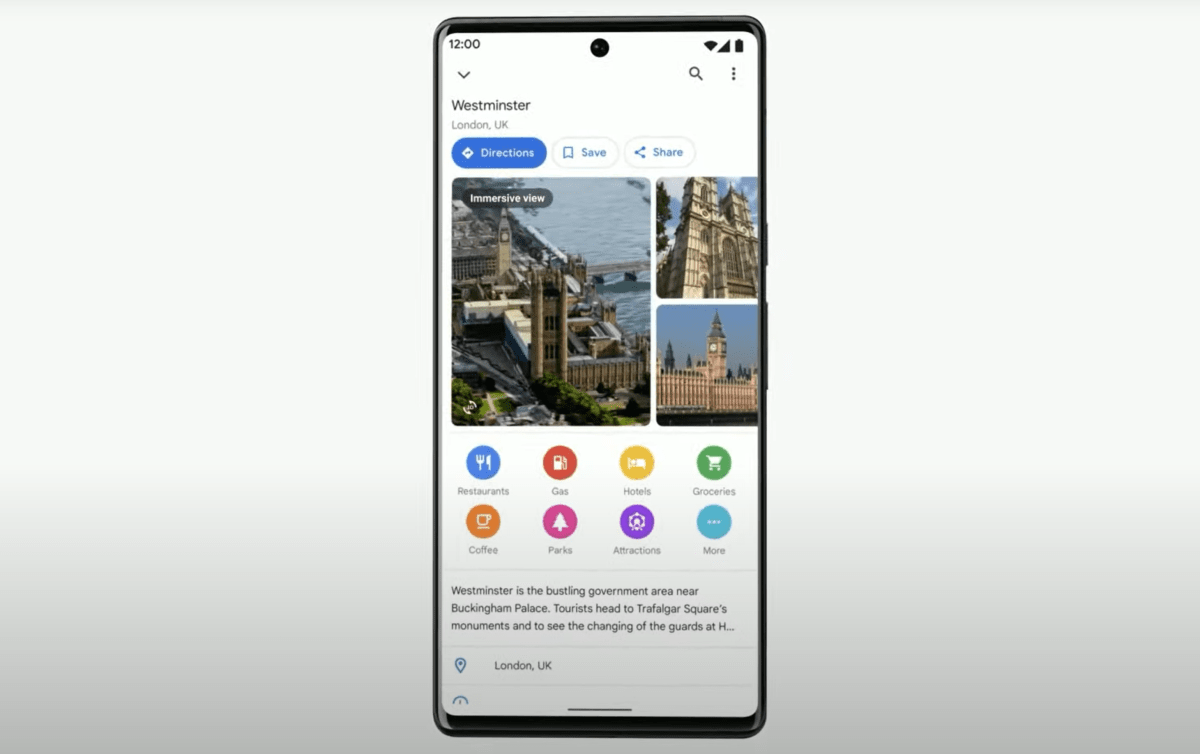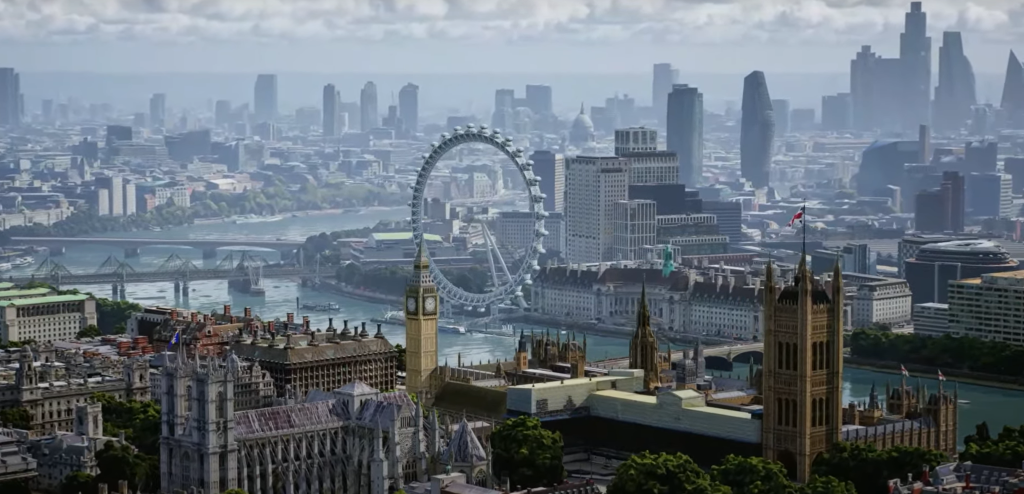For years, users of Google Maps have had numerous tools to navigate the planet: Street View, 3D representations, and more. Now Google is adding Immersive View, combining real-world imagery and artificial intelligence to make 3D maps even more lifelike.
Google made the announcement at Google I/O, its annual developer conference, held for the first time in three years at the Shoreline Ampitheatre in Mountain View, Calif.
Mapping the world
“Around the world, we’ve mapped around 1.6 billion buildings, and over 60 million kilometers of roads today,” Pichai said. “Some remote and rural areas have previously been difficult to map due to scarcity of high-quality imagery, and distinct building types and terrain. To address this, we’re using computer vision to detect buildings at scale from satellite images. As a result, we’ve increased the number of buildings on Google Maps in Africa by five times since July 2020. From 16 million to nearly 300 million.”
Increasing presence in Africa
Pichai said that over 20 percent of the world’s buildings have been detected using this new AI-powered perspective, with a special emphasis on Africa.
“They’ve gone a step further and made the data set of buildings in Africa publicly available,” Pichai added. “International organizations like the United Nations and the World Bank are already using it to better understand population density, and to provide support and emergency assistance.”
ImmersiveView
Where it all comes together is in Immersive View, the new feature that will begin rolling out to Maps—presumably on Android and other platforms—for “select cities” later this year.

Pichai said that the company is fusing billions of aerial and street-level images together with 3D mapping and machine learning to create a high-fidelity representation of a city, known as Immersive View. ImmersiveView outfits like the city, with 3D building sprouting up all over the landscape, and colored appropriately. Pichai showed off a 3D representation of London in Immersive View. “If you’re thinking of heading to see Big Ben, you can check if there’s traffic, how busy it is, and even see the weather forecast,” Pichai said.
Even more impressive, Pichai showed off the interiors of local buildings, including restaurants.
“What’s amazing is that this isn’t a drone flying in the restaurant—we use neural rendering to create the experience from images alone,” Pichai said. “And Google Cloud’s immersive stream allows this experience to run on any smartphone.”
Eco-friendly Routes
Google has already rolled out what it calls Eco-Friendly Routes in the United States and Canada, and the company is rolling them out to more places, including Europe, later this year. “These small decisions have a big impact at scale,” Pichai said of the savings to carbon emissions.
